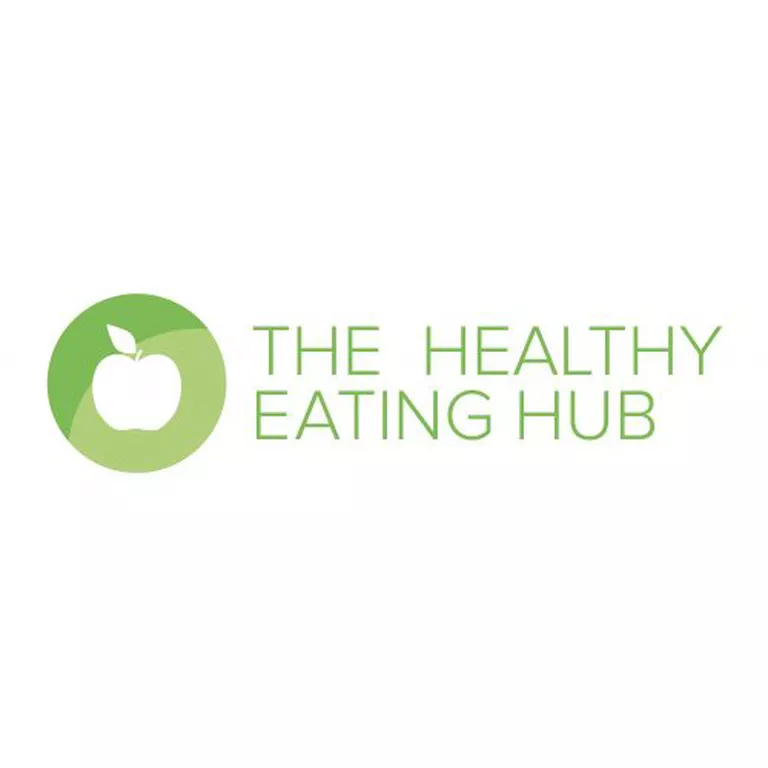Vegetables are what we call ‘nutrient dense’. This means that they contain a high amount of nutrition (vitamins, minerals, fibre, etc) for a very small amount of energy. In a world where we’re surrounded by high energy food that is low in nutrition, increasing our vegetable intake is, hands down, the best way of improving our long-term health.
As an example of how nutrient-dense vegetables really are, one large (328g) capsicum contains 93 calories of energy, the same amount of energy as a small glass (225g) of soft drink. However, this is where the similarities end.
The soft drink contains no nutrition, as it’s basically fizzy water and sugar. The capsicum, however, has 6g of dietary fibre, 700 per cent of your daily vitamin C needs, vitamin A, vitamin B6 and a host of other nutrients. The capsicum is highly nutrient dense – and this is what makes it healthy.
All vegetables contain large amounts of different nutrients, and by consuming a variety of vegetables across the nutrient spectrum, we help promote health in our bodies. Many of these nutrients are vital for long-term heart health and preventing cardiovascular disease later on in life.










